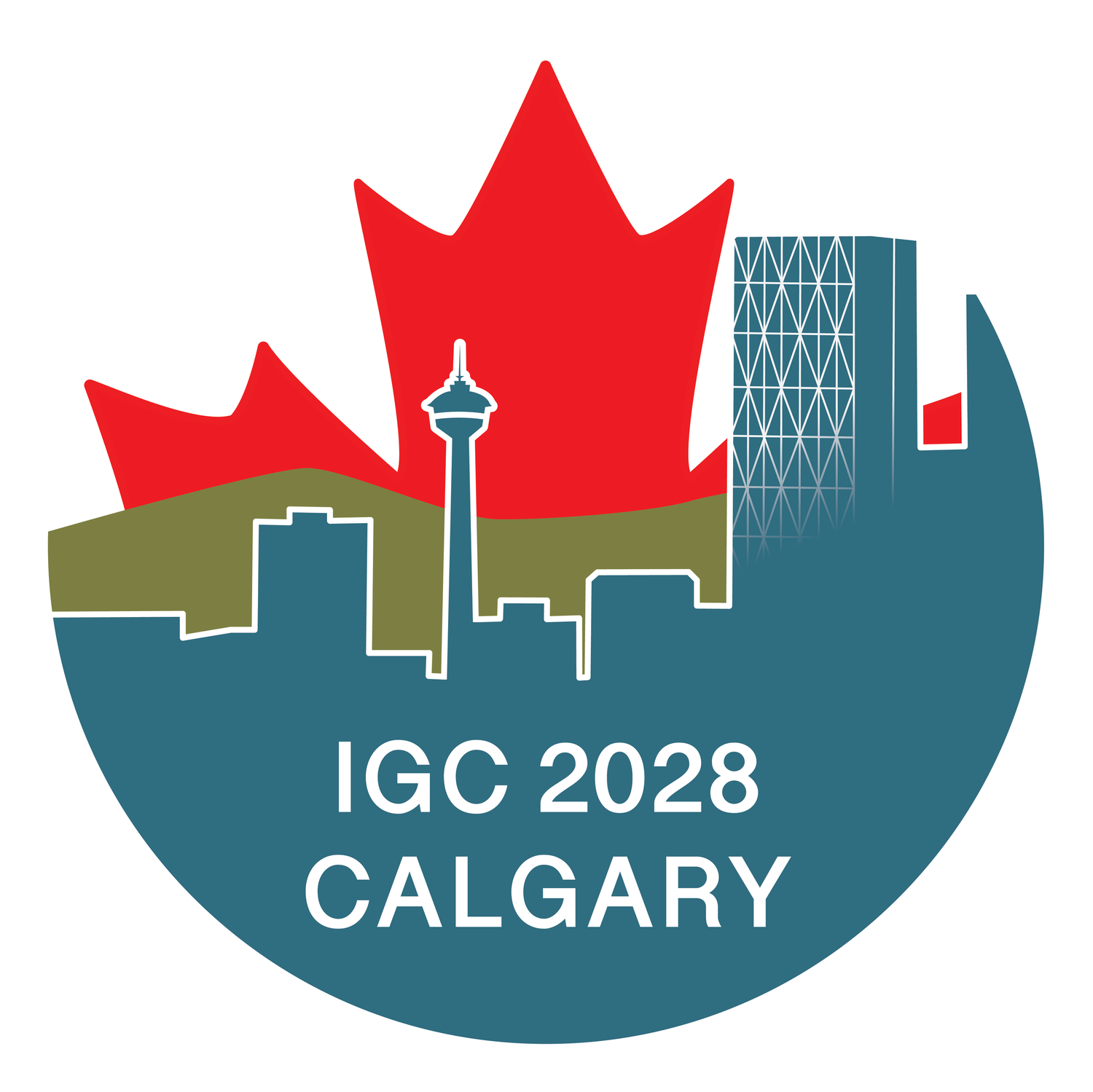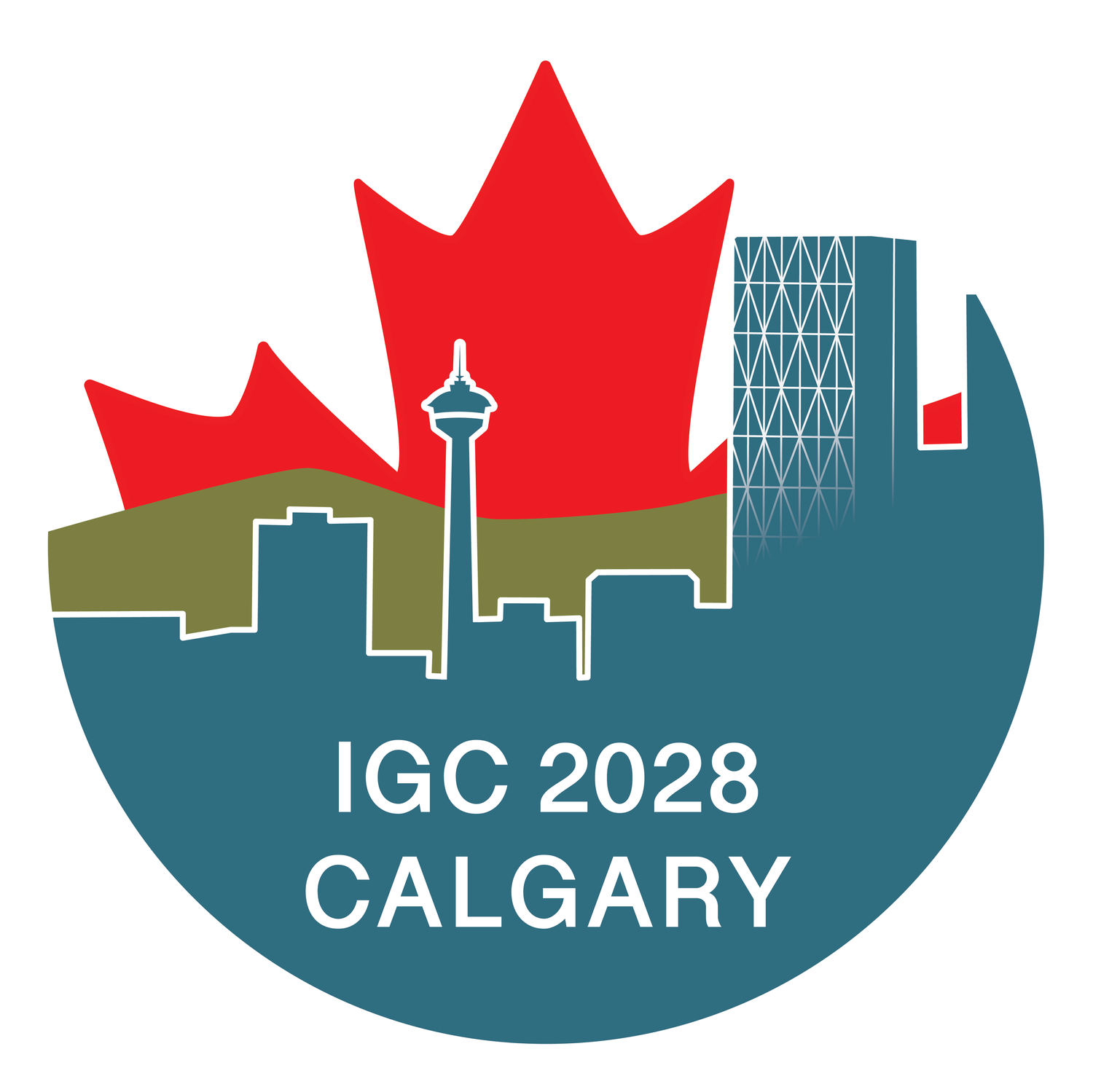
Sustainable Energy Transition
Core Insights for Subsurface Exploration
Held at the AER Core Research Facility in Calgary, domestic and international drillcore-based presentations from a diverse set of paleoenvironmental settings, lithofacies, fossil assemblages, depositional fabrics and mineral deposits would support a comprehensive subsurface program. Participants will also explore the unique collections from the Western Canadian Sedimentary Basin (AER Core Research Facility collections) and offshore British Columbia and the northern Mackenzie Delta (Geological Survey of Canada collections). These short courses could be combined with a day field excursion exploring the surficial outcrops of the Western Canadian Sedimentary Basin.
Critical Minerals
The emerging importance of critical minerals to achieve aspirations toward net-zero greenhouse gas emissions requires new approaches to mineral exploration. Many of these critical minerals are found as by-products associated with other primary traditional mineral targets; which means that exploration for these critical minerals requires a more integrated perspective. This short course will start with an introduction to the geochemistry of critical minerals that explores the potential for recovering some critical minerals from tailings ponds. Then the use of the mineral systems approach will be explored with data acquisition and processing, machine learning algorithms and practical considerations for applications for targeted critical mineral exploration.
Exploring for Helium in Western Canada
Helium is the second most common element in the universe, but relatively rare on Earth. It is produced by radioactive decay of thorium and uranium, but most He is dissipated to the atmosphere and lost into space. Some helium, however, accumulates in permeable rocks, along with other inert gases and/or hydrocarbons, but because of its small unit size and low-density, He is very difficult to trap. Significant accumulations of N-rich green helium have been found in southern Saskatchewan and southern Alberta, within the basal Cambrian and other Paleozoic units. This workshop will provide an update on exploration models and technology that have been developed for this valuable commodity.
Measurement, Monitoring and Verification of Sequestered CO2
Geological sequestration of CO2 is recognized as a critical pathway to achieve net-zero GHG emissions by 2050. Located approximately two hour’s drive east of Calgary near Brooks, Alberta, the CAMI Field Research Station hosts CO2 sequestration infrastructure, a diverse variety of geophysical and geochemical equipment, and on-site teaching facilities. With its broad range of international partners, this unique facility can provide a hands-on setting for participants to learn about technical challenges of diverse methods for measurement, monitoring and verification of carbon capture and storage (CCS).
Induced Seismicity in Geo-Energy Systems
Various geo-energy systems, including enhanced geothermal systems, carbon capture and storage, disposal of brines, and storage of hydrogen or other gases, have the potential to trigger seismicity by activating existing faults. This short course will feature both theoretical and practical components to explore the causes and consequences of induced earthquakes associated with geoenergy systems.
Direct Lithium Extraction from Brines
With increasing demand for rechargeable batteries, especially in response to accelerating uptake of battery electric vehicles, it is essential for the world to develop all possible sources of Lithium. In western Canada, a number of deep porous saline aquifers of Late Devonian age host vast quantities of Lithium-enriched brines. Various technologies are currently under development to extract lithium and other valuable materials from these brines. This course will introduce the geology and technology of direct Lithium extraction (DLE), with opportunities to visit pilot facilities near Calgary.

